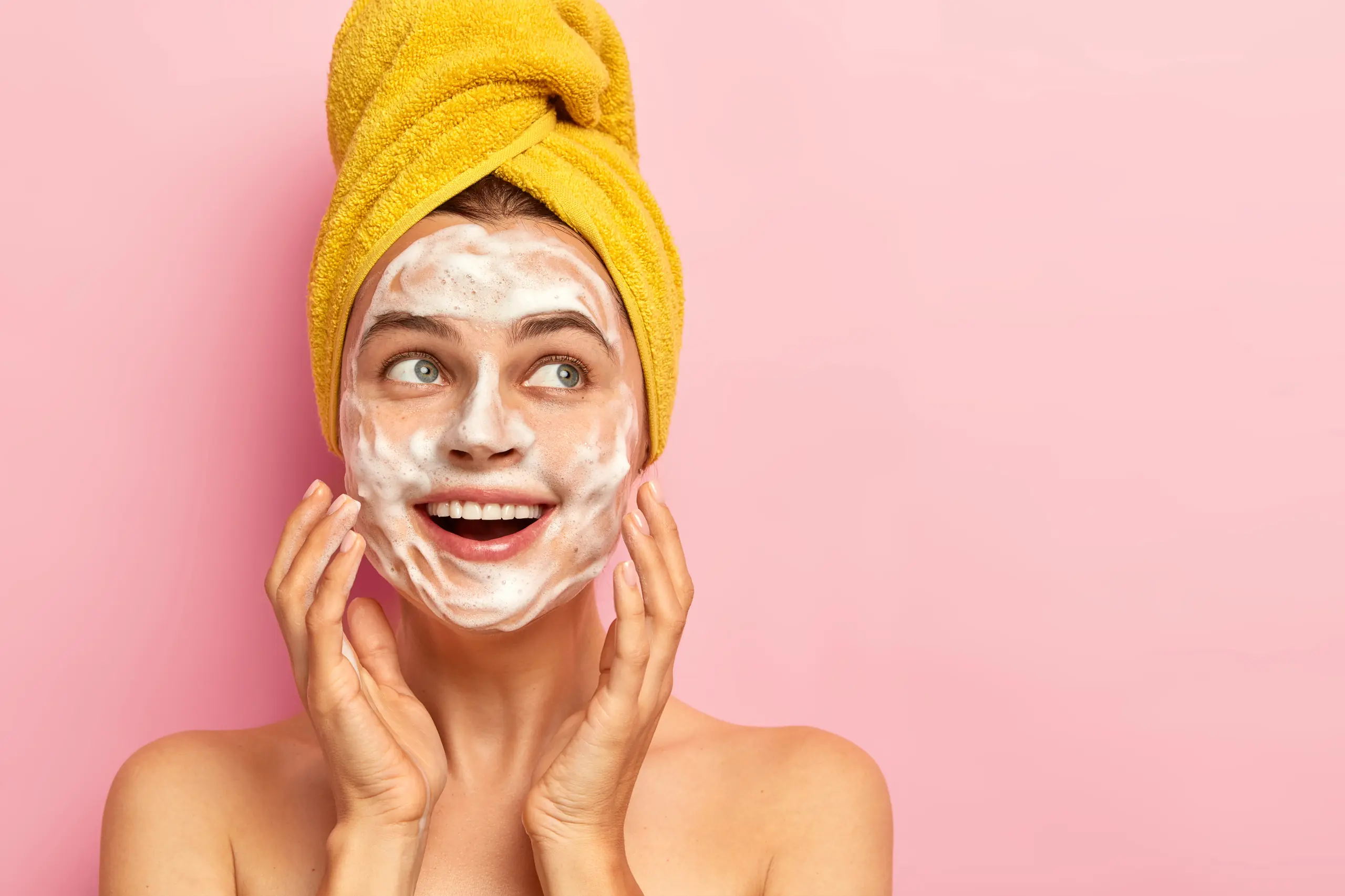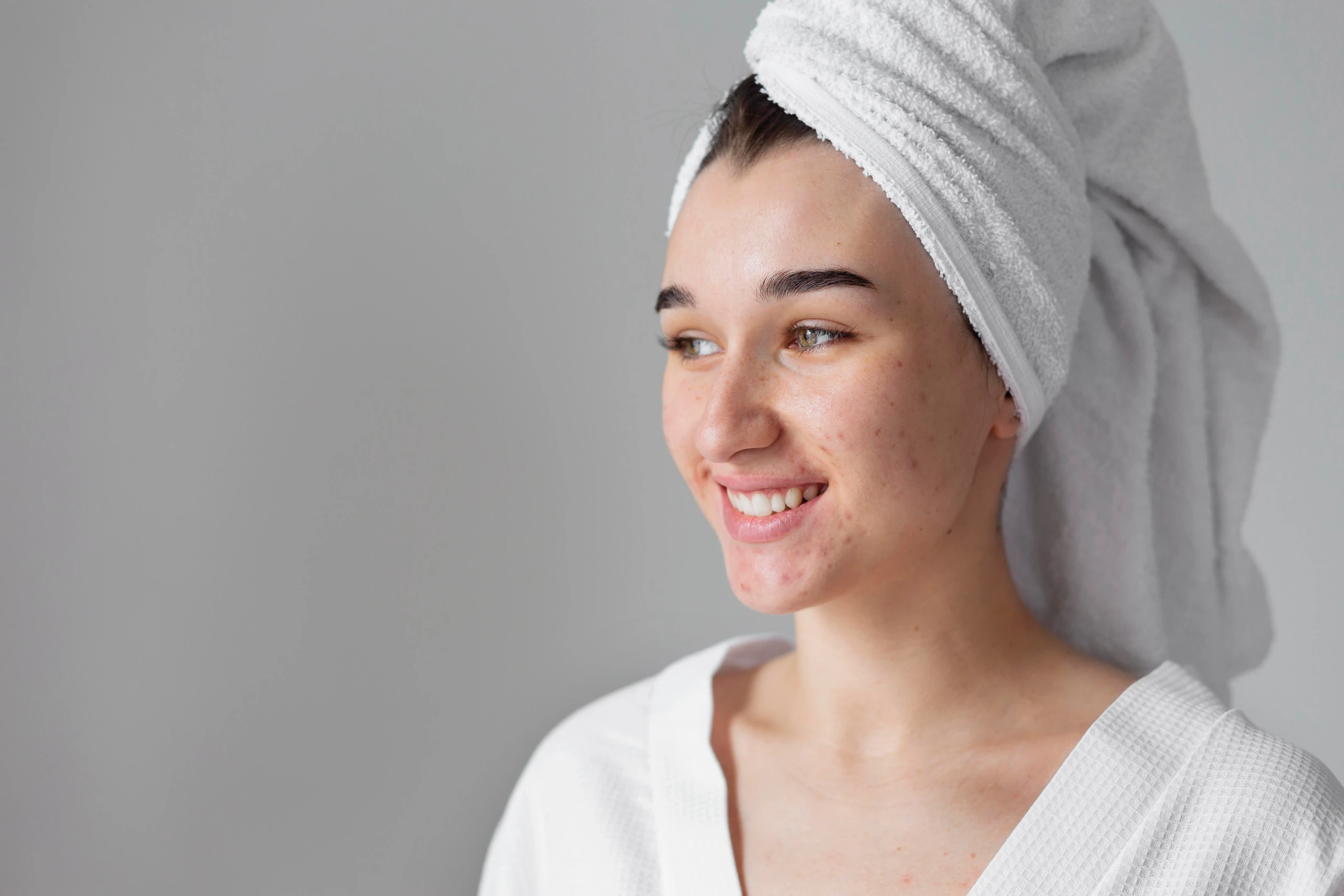Acne is a skin problem that occurs as a result of clogging and inflammation of the sebaceous glands in the skin. Acne usually begins in adolescence and can continue into adulthood. Acne can negatively affect the self-confidence of the person, as well as spoil the appearance of the skin.
Establishing a proper care routine for acne-prone skin can help reduce and prevent acne. This routine should include steps such as cleansing, aha bha tonic, moisturizing and sun cream for pigmentation. In addition, some products specially developed for acne-prone skin can help meet the needs of the skin and eliminate the factors that cause acne. One of these products is Red Peeling.
Red Peeling is a product that has been popular recently in skin care. The name of the Red Peeling comes from the red-colored plant extracts in it. These plants include those rich in antioxidants and vitamins, such as rose, pomegranate, cranberry, and blueberry. The benefits of Red Peeling for the skin are:
– Moisturizes and softens the skin.
– Equalizes and brightens skin tone.
– Reduces wrinkles and fine lines on the skin.
– Prevents and treats blemishes and acne on the skin.
– Protects and strengthens the skin against external factors.
Red Peeling is a product that deeply cleanses the skin, tightens the pores, equalizes the skin tone and reduces acne scars, thanks to the red fruit extracts it contains. Red Peeling also has a moisturizing, nourishing and regenerating effect on the skin.
What does the Red Peeling contain?
Red Peeling contains the following red fruit extracts:
– Pomegranate: Thanks to its antioxidant and anti-inflammatory properties, pomegranate protects the skin from free radicals, reduces inflammation and supports skin regeneration. Pomegranate also increases the elasticity of the skin and prevents wrinkles.
– Cranberry: Cranberry is a fruit rich in vitamin C and anthocyanins. Vitamin C increases the skin’s collagen production and evens out the skin tone. Anthocyanin protects the skin from sun damage and has an anti-inflammatory effect.
– Raspberries: Raspberries contain a phenolic compound called ellagic acid. Ellagic acid protects the skin from UV rays, prevents cell damage and reduces acne scars. Raspberry also moisturizes and softens the skin.
– Strawberry: Strawberry contains a beta hydroxy acid (BHA) called salicylic acid. Salicylic acid cleans the pores and prevents acne by exfoliating the dead cells on the skin. Strawberry also brightens the skin and removes blemishes.
- Cleanse your skin before using the Red Peeling. Gently wash and dry your face with a facial cleanser suitable for your skin type. Keeping your skin clean helps the Red Peeling to absorb and function better.
- Before using the Red Peeling, do an allergy test. The acids in the product may cause reactions such as irritation or burning on your skin. Therefore, before using the Red Peeling, apply it to a small area of your hand and wait for 10 minutes. If you do not feel any discomfort, you can apply the product on your face.
- Apply the Red Peeling to your face. Take a few drops of Red Peeling from the product bottle in your palm and spread it on your face with your fingertips. Avoid around the eyes, lips and mucous areas. Rub it into your skin with light buffering movements.
- Let the Red Peeling sit for 10 minutes. Do not touch your face or apply any other product for 10 minutes for the product to work on your skin. During this time, you may feel a slight burning or stinging on your skin. This is normal and indicates that the product is working.
- Rinse off the Red Peeling. After 10 minutes, rinse your face thoroughly with lukewarm water. Cleanse the Red Peeling residues left on your skin.
- Apply moisturizer. Red Peeling can dry out or sensitize your skin. Therefore, moisturize your face with a moisturizer suitable for your skin type after use.
When choosing a moisturizer, you should decide according to your skin type and needs. There are different moisturizers for dry, combination, oily or sensitive skin. The ingredients of moisturizers are also important. Moisturizers containing beneficial substances such as antioxidants, vitamins, minerals and herbal extracts should be preferred.
You can apply the moisturizer 10 minutes after the Red Peeling. Thus, you complete the effect of the serum. You can apply the moisturizer to your skin with circular movements or use it as a make-up base. By using moisturizer regularly, you can make your skin look healthy and beautiful.
- We do not want you to apply the Red Peeling during the day, but if you prefer to apply it, make sure to use anti-acne sunscreen. Red Peeling can make your skin more sensitive to sun rays. Therefore, protect your skin with an anti-acne sunscreen that contains at least SPF 30 or SPF 50 when you use it during the day.
- Why is sunscreen important?
Using sunscreen is very important to protect our skin from the sun’s harmful UVA and UVB rays. While UVA rays cause signs of aging by affecting the deep layers of the skin, UVB rays cause burns, stains and irritation on the surface of the skin. Sunlight also increases the risk of skin cancer. Therefore, using sunscreen is essential for both our health and beauty.
- How to choose sunscreen?
There are some points to consider when choosing sunscreen. These are:
a- Sun protection factor (SPF): SPF indicates how much protection the sunscreen provides against UVB rays. The higher the SPF value, the higher the protection. However, as the SPF value increases, it does not mean that the UVA protection increases. Therefore, we should pay attention to the presence of a symbol or text indicating that it also has UVA protection.
b- Compatibility with the skin type: It is also very important that the sunscreen is suitable for our skin type. Sunscreens with moisturizing properties should be preferred for dry skin, mattifying and light-textured for oily skin, and perfume and alcohol-free sunscreens for sensitive skin.
c- Water resistance: The water resistance of the sunscreen is also an important factor. You should use a water-resistant sunscreen especially if you are going to go into the sea or pool or if you are going to sweat. However, even in this case, you need to renew the sunscreen frequently.
You can use the Red Peeling twice a week. As a result of regular use, you will notice the change in your skin.
However, Red Peeling can also have skin damage. Here are some points to consider before using Red Peeling:
– To test whether the herbs in the Red Peeling can cause an allergic reaction, try it on a small area. Do not use if you experience symptoms such as redness, itching, burning.
– Use the Red Peeling once or twice a day. Using too much can irritate the skin or make it oily.
– Do not use the Red Peeling before going out into the sun. Substances in some plants can interact with sunlight and cause blemishes on the skin. If you are going to use it, be sure to apply anti-acne sunscreen cream.
– Do not store Red Peeling in an open bottle. The serum in contact with light and air may deteriorate or lose its effectiveness. Store the serum in a dark, capped bottle in the refrigerator.
Red Peeling can be a useful product in skin care, but it is important to use it correctly and choose the one suitable for your skin type. If you experience any skin problems, discontinue use and consult a dermatologist.
Red Peeling for acne-prone skin is a product that aims to prevent acne caused by clogged pores by cleaning dead cells on the skin. At the same time, it fights existing acne, reduces the appearance of blemishes and supports the recovery of skin tissue. Red Peeling, which is an effective product for acne, usually contains components such as salicylic acid, glycolic acid, AHA and BHA.
The side effects of Red Peeling may vary from person to person. Not suitable for certain skin types, the Red Peeling may irritate, dry the skin, cause redness, burning or itching. For this reason, it is recommended that you consult your dermatologist before using Red Peeling and choose a product that is suitable for you. Also, you should not neglect to use sun cream for pigmentation while using Red Peeling, because acid-containing products can increase the skin’s sensitivity to the sun.



